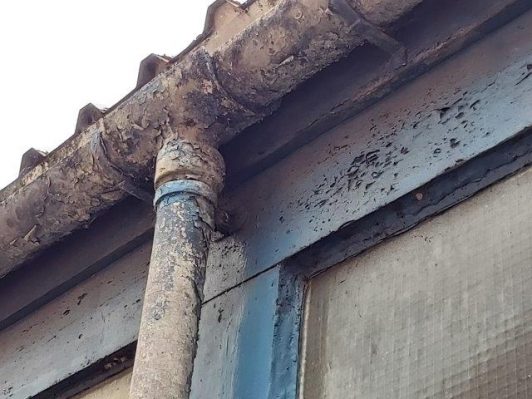When it comes to asbestos safety in your home, understanding the risks and knowing your limits is crucial. We understand that homeowners often have questions about what they can and cannot safely handle. Here’s a breakdown to help you navigate this complex issue.

Asbestos Safety: Understanding Risks
Asbestos, a naturally occurring mineral, was widely used in construction materials before its dangers were fully understood. When disturbed, asbestos releases microscopic fibers that can be inhaled, leading to serious health conditions like mesothelioma, lung cancer, and asbestosis.
Types of Asbestos and Levels of Risk
Not all asbestos-containing materials (ACMs) pose the same level of risk. The risk depends on the type of asbestos, its condition, and how easily fibers can be released.
- Friable Asbestos:
- This type of asbestos is easily crumbled or pulverized, releasing fibers readily. Examples include:
- Sprayed-on insulation
- Pipe lagging
- Some ceiling tiles
- Do Not Disturb: Friable asbestos is extremely hazardous. Removal should only be performed by licensed asbestos removal professionals.
- This type of asbestos is easily crumbled or pulverized, releasing fibers readily. Examples include:
- Non-Friable Asbestos:
- This type of asbestos is bonded to other materials, making it more difficult to release fibers. Examples include:
- Asbestos cement sheets (used in garages and sheds)
- Vinyl asbestos floor tiles
- Some textured coatings
- Handling with Caution: While less risky, non-friable asbestos can still release fibers if damaged. Exercise extreme caution.
- This type of asbestos is bonded to other materials, making it more difficult to release fibers. Examples include:
What You Can and Can’t Do Yourself
- What You Can Do:
- Identification: If you suspect asbestos in your home, you can visually inspect materials. However, visual identification is not always accurate.
- Leaving it undisturbed: If ACMs are in good condition and unlikely to be disturbed, the safest option is often to leave them alone.
- Encapsulation (in some cases): In certain situations, you may be able to encapsulate non-friable asbestos by sealing it with a specialised coating. However, it is strongly advised to seek expert advice before attempting this.
- What You Absolutely Cannot Do:
- Disturbing Friable Asbestos: Never attempt to remove or disturb friable asbestos. This requires specialised training, equipment, and licensing.
- Improper Removal of Any Asbestos: Even with non-friable asbestos, improper removal can release dangerous fibers.
- Incorrect Disposal: Asbestos waste is hazardous and must be disposed of according to strict regulations. Do not dispose of asbestos waste with regular household waste.
- Power tools: Do not use power tools on materials that may contain asbestos.
Why Professional Help is Essential
- Expert Identification: Professionals can accurately identify asbestos-containing materials through sampling and laboratory analysis.
- Safe Removal: Licensed asbestos removal professionals have the training, equipment, and expertise to safely remove asbestos.
- Proper Disposal: Professionals ensure asbestos waste is disposed of according to legal requirements.
- Peace of Mind: Hiring professionals provides peace of mind, knowing the job is done safely and correctly.
Asbestos Compliance Solutions Ltd.
Companies such as Asbestos Compliance Solutions Ltd. offer a range of services relating to asbestos safety, including:
By seeking professional help, you can protect yourself and your family from the dangers of asbestos. Don’t take Asbestos Safety lightly!
When in doubt, always err on the side of caution. If you suspect asbestos in your home, contact someone like ACS today to talk to a knowledgeable staff member, and stay safe from Asbestos in your home.

Leave a Reply